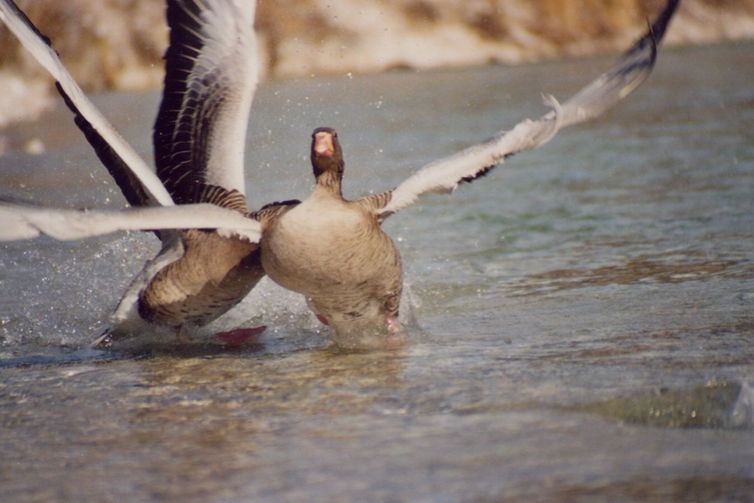I listened to animals’ hearts to reveal their hidden emotional worlds
It’s not only humans who feel emotions. In his 1872 book, The Expression of the Emotions in Man and Animals, Charles Darwin described a range of “innate” and “evolved” emotions in dogs, cats, chimpanzees, swans and other non-human animals.

Source: The Conversation Trust
But animals can’t verbally report their emotions, and humans often misread how an animal’s feeling, which can lead us to make them feel worse despite the best of intentions. That’s because we tend to anthropomorphise animals, seeing in them human expressions and emotions which cloud our understanding of how they’re really feeling.
Learning how animals perceive emotions is important. Understanding what makes them stressed or unhappy can inform how we approach animal welfare in zoos, sea life centres and farms, as well as helping us treat our pets with more compassion.
Perhaps poetically, researchers have turned to animals’ hearts to learn more about their emotions, as detailed in my recent paper. By measuring how animal heart rates fluctuate in response to different situations, we’re getting closer to understanding how and when animals feel.
Expertise is crucial. It's why our articles are written by academics
In both humans and animals, an increase in emotional arousal from low to high can be quantified by an increase in heart rate, measured in beats per minute (bpm). Taking these measurements – with wearable heart rate belts, implanted transmitters or artificial eggs – provides a rare window into the emotional worlds of animals.
The heart rate of animals increases rapidly when they have aggressive encounters such as fights, and decreases during friendly interactions such as grooming. For example, in greylag geese, the mean heart rate during aggressive interactions increases from 84 bpm during rest to 157 bpm. Heart rate increases more when geese are interacting with a more dominant opponent, showing that geese are more emotionally aroused during a confrontation they’re more likely to lose.

This might be simply explained by an increase in physical activity during fights, except that we see the same effect in geese that are merely observing events in their environment, for example when they’re watching other geese fighting. This heart rate increase reflects emotional arousal, not physical activity.
Most remarkably, my research has shown that geese’s heart rate increased more when their partner or a family member was involved in aggressive encounters, compared to unrelated individuals. This suggests that greylag geese are capable of what’s called emotional contagion – when an individual is affected by the emotions of other individuals.
This might be simply explained by an increase in physical activity during fights, except that we see the same effect in geese that are merely observing events in their environment, for example when they’re watching other geese fighting. This heart rate increase reflects emotional arousal, not physical activity.
Most remarkably, my research has shown that geese’s heart rate increased more when their partner or a family member was involved in aggressive encounters, compared to unrelated individuals. This suggests that greylag geese are capable of what’s called emotional contagion – when an individual is affected by the emotions of other individuals.
Read more
Kate Bystrova